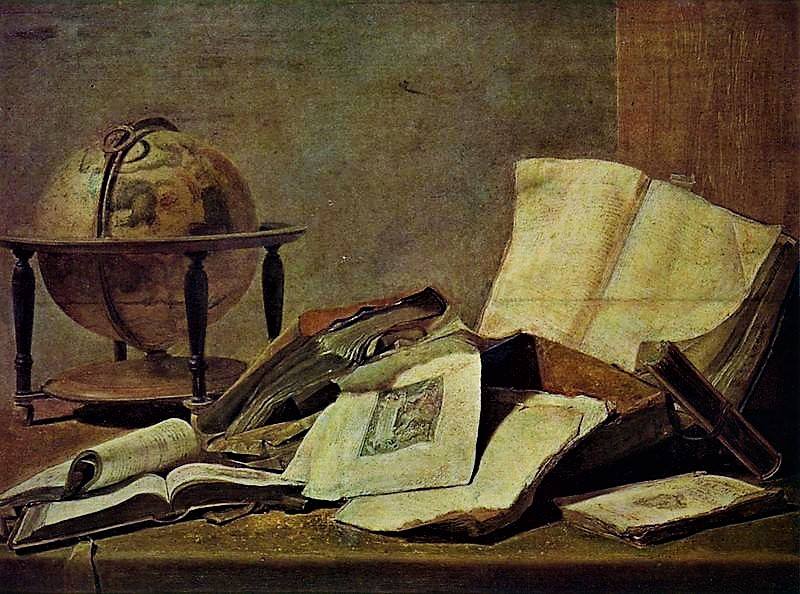Crafted between 1885 and 1917, Fabergé Eggs are one-of-a-kind jeweled eggs made from jewels and precious metals. They were originally created by Peter Carl Fabergé for the Russian Royal Family. Tsar Alexander III and his son, Nicholas II, gave the eggs to to family members as Easter gifts. Fabergé eggs associated with the Russian Court are called “Imperial” Fabergé eggs.
The precious materials required, combined with the delicate nature of the work, meant a team of highly skilled craftsmen were required for the construction of each Fabergé Egg. For example, the 1898 Dowager (Pelican) Fabergé egg made for Empress Maria Feodorovna was constructed of gold, diamonds, pearls, enamels, and ivory.
When Czar Nicholas II was forced to abdicate in 1917, Russian Bolsheviks confiscated the royal family’s wealth. Of the 50 Imperial eggs created, only 43 have survived. In 1922, much of the Romanov Imperial collections, including the eggs, were sold under Joseph Stalin’s “treasures to tractors” program. Others simply disappeared in the chaos of Revolutionary Russia.
The surviving Fabergé Eggs command astronomical prices. In 2002, a dealer bought what he thought was scrap gold for 13,000 dollars. Thinking he had overpaid, he held onto the gold egg for ten years. Once he decided to sell the egg, a cursory internet search revealed he had found the Third Imperial Egg. Made in 1887, this egg was worth 33 million dollars.
There are still seven more out there.

Great post! Looking forward to reading more.
Thanks for the support! We’re currently working on new topics.
I like this one, Mr. Camms: https://www.pinterest.com/pin/177118197825025995/
Great visual resource! Cheers!